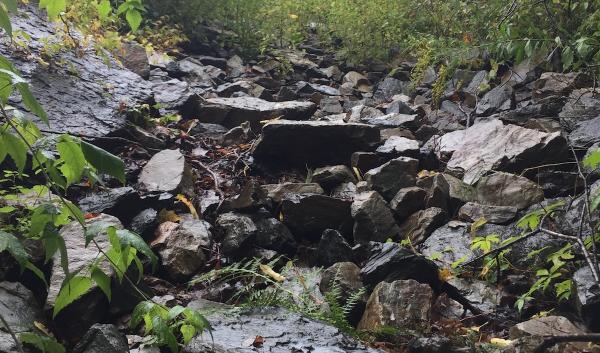Erosion
The primary climatic forces affecting erosion, on both inland and coastal areas, are changes in temperature, water levels, precipitation, vegetation loss/changes, and storminess. Climate is a major driver of erosion, however changes in land use and land cover – due to development and land management – can dramatically affect exposure of sediments to erosion. Erosion involves the breakdown, detachment, transport, and redistribution of soil particles by forces of water, wind, or gravity.
Soils provide a multitude of services: provision of food, wood, fiber, and raw materials; flood mitigation; recycling of wastes; biological control of pests; regulation of carbon and other heat-trapping gases; physical support for roads and buildings; and cultural and aesthetic values.
-
UMaine’s Highmoor Farm
Maine is a state known for its long, cold winters and short growing season, but changes in climate are disrupting this…
-
Sustainable Dairy Cropping at Penn State
Penn State University researchers are studying cropping systems that can make dairy farming more sustainable in the…
-
Preparing for Disaster in the Midwest: The Land of Extremes
USDA Climate Hubs work to provide region-specific information, with USDA agencies and partners, to producers and…
-
Storms and Stream Crossings
Stream-crossings have a lower risk of failure if designed appropriately for the stream, and with consideration of…
-
Re-carbonizing Row Crop Farms
Natural Resources Specialist, Justin Mount, is improving producers’ understanding of crop system planning tools,…
-
Continued Conversations with Cecarelli Farms
William DellaCamera faces new responsibilities and decisions for Cecarelli Farms.
-
UVM Dairy Farming Research
Research at dairy farms in Vermont shows how management practices can affect water quality, economics, and greenhouse…
-
Economics of Gully Erosion Stabilization
Stabilizing gullies is one strategy for adapting to changing climate. This case study evaluates the costs and benefits…
-
Climate Risks in the Northeast
How are climate change and weather variability affecting Northeastern producers?









